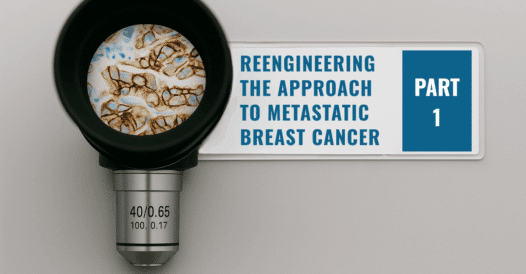Unveiling HER2-Low and Ultralow Expression in mBC: Implications for the Multidisciplinary Care Team
The emergence of HER2-low and ultralow classifications in mBC (mBC) is reshaping treatment options, offering new hope for patients who were once considered ineligible for targeted therapy. Yet many clinicians face uncertainty about how to appropriately define these new phenotypes …









